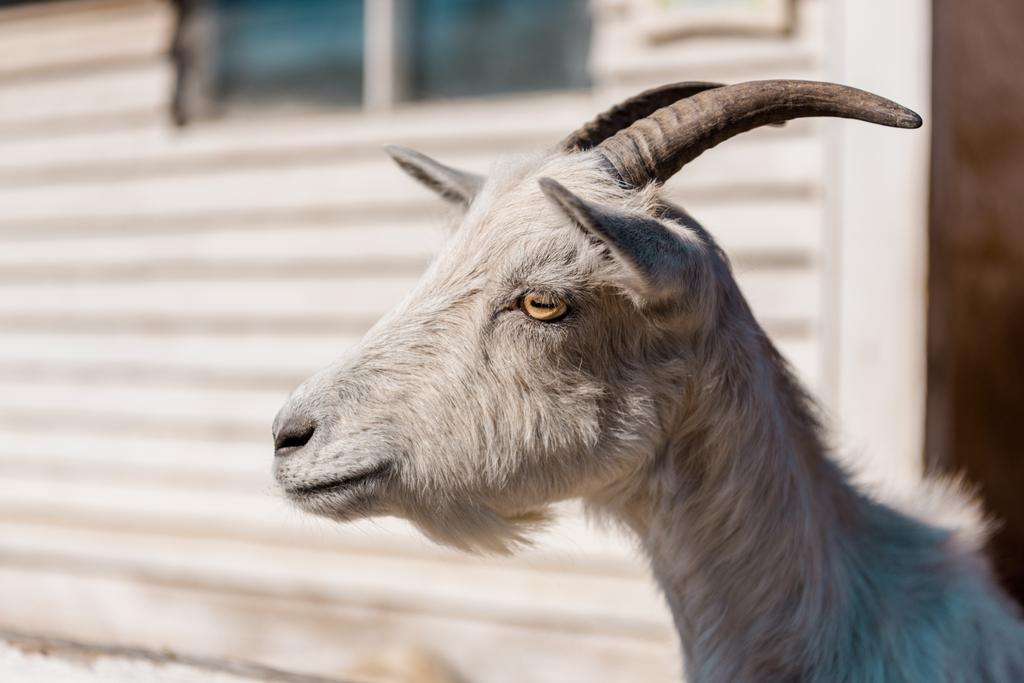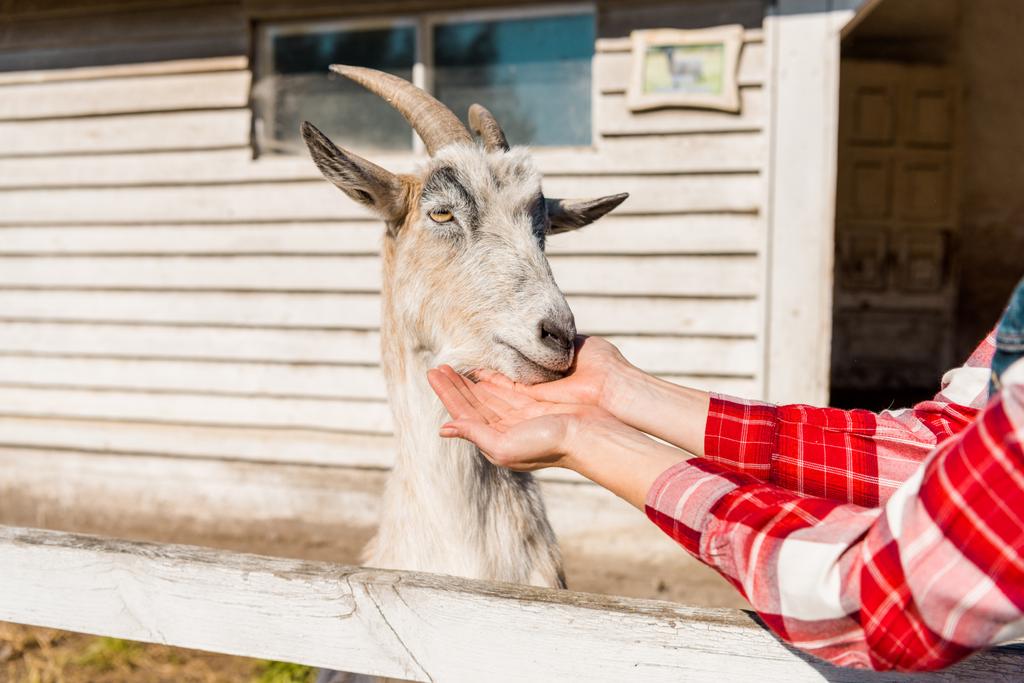Goat’s milk is particularly well-known for its good digestibility and high nutrient content. You can find out exactly what the milk type is all about and what you should consider when buying it here.
Goat’s milk: nutritional values, vitamins & Co.
The taste of goat’s milk is much more intense and tart than that of cow’s milk. Especially if you are not used to the special aroma, you should take the milk in small quantities at first. You can also mix it with other types of milk to gradually get used to the taste.
Once you have succeeded, you can enjoy goat’s milk just like cow’s milk in muesli, for cooking and baking or simply on its own.
Goat’s milk is usually composed of
three percent protein,
three to four percent fat,
and about four percent carbohydrates, more precisely lactose.
100 milliliters of goat milk provide you with around 60 kilocalories. In this way, it does not differ significantly from cow’s milk.
Goat’s milk, however, contains higher amounts of iodine and potassium, as well as vitamins A, B2, and D.
In terms of vitamin B12, folic acid and zinc content, cow’s milk is slightly ahead.
The remarkable calcium content of both types of milk is about the same.
Is goat’s milk better tolerated than cow’s milk?
Goat’s milk is often said to be easier to digest than cow’s milk.
On the one hand, this is attributed to the short and medium-chain fatty acids that are present in large quantities in goat’s milk. According to the Bayerischer Rundfunk, the body should be able to utilize these fatty acids better.
In addition, the proteins in goat’s milk are structured differently. It contains lower amounts of the whey proteins alpha S1 casein and beta-lactoglobulin. Beta-lactoglobulin is the whey protein that is most abundant in cow’s milk.
According to Bayerischer Rundfunk, both proteins are said to be harder to digest for the body. According to a study from New Zealand, this is probably the reason why baby food based on goat’s milk triggers fewer allergies than cow’s milk.
Goat’s milk is therefore a good alternative for mothers who cannot breastfeed their children. This is particularly true if the child has or is suspected to have a milk protein allergy. However, pure milk is not suitable for children under the age of one. because it needs additional treatment and enrichment. Breast milk is always the best food for infants.
Because it is well tolerated, it is also believed that goat’s milk is also suitable for allergies, especially lactose intolerance. However, this cannot be confirmed in general. Since goat’s milk contains almost as much lactose as cow’s milk, you should exercise caution as an allergy sufferer. For some people, goat’s milk is actually better tolerated. However, this depends on individual conditions and has so far not been able to be clearly explained scientifically.
How sustainable is goat milk?
From an ecological perspective, plant-based drinks such as soy or oat milk are better alternatives to cow’s and goat’s milk. Less energy and less land is required for their production. In addition, fewer greenhouse gases are produced.
So if you want to use dairy products from time to time, you should do so in moderation and be careful not to waste any food. It is also best to buy organic goods. The Bioland, Naturland and Demeter seals in particular impose stricter guidelines on farmers in order to guarantee animal husbandry that is as species-appropriate as possible.




